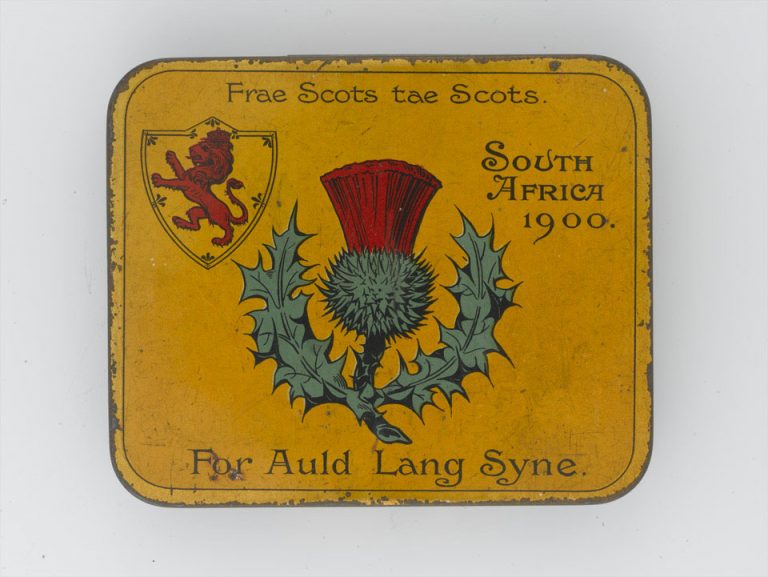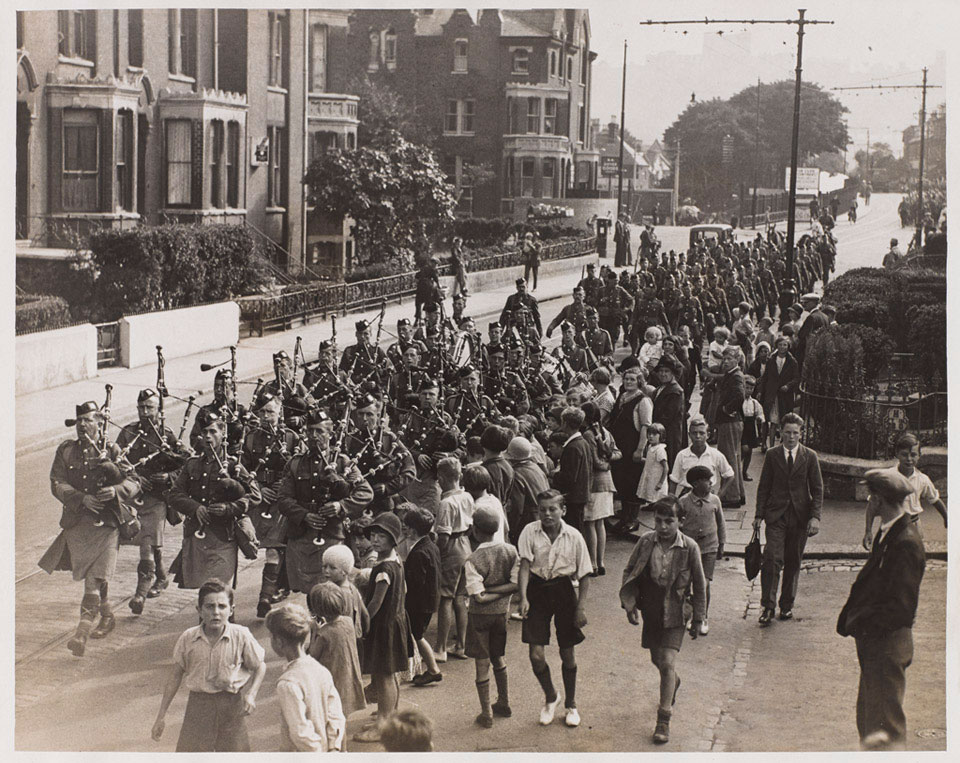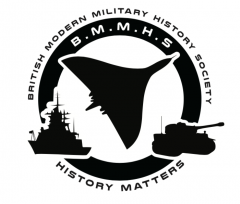Welcome to the BMMHS Quiz
No prizes…it’s just for fun.
Good luck !



BMMHS Quiz Scottishness - Scottish Regiments
Results

#1. Scotland has one cavalry regiment – the Royal Scots Dragoon Guards. Which of the regiment’s three antecedent regiments was Scottish?
(Answer: the 2nd Dragoons – The Royal Scots Greys. The 3rd (Prince of Wales’s) Dragoon Guards and the 6th Dragoon Guards (Carabiniers) amalgamated in 1922 to create what eventually became the 3rd Carabiniers; in 1971 they amalgamated with the Greys to form the current regiment)
#2. First raised in 1688 as the Earl of Leven’s, or Edinburgh Regiment of Foot, which regiment carried a representation of Edinburgh Castle on its bonnet badge
(Answer: The KOSB. Although The Royal Scots (raised in 1633) recruited in Edinburgh, their badge consisted of St Andrew on a star background while the RSF (1678) recruited in Ayrshire and the southern outskirts of Glasgow. The KOSB also carried the motto of Edinburgh – Nisi Dominus Frustra – on their badge)
#3. Also known as ‘Elcho Grey’ after the regiment’s founder, the London Scottish wear kilts of which colour:
(Answer: Hodden Grey. The regiment were originally Rifle Volunteers; Elcho decreed that riflemen were hunters so should were a subdued shade, and settled on Hodden, which is a coarse cloth, made of undyed wool. Burns references it in A man’s a man for a’ that:
What though on hamely fare we dine,
Wear hodden grey, an’ a that;
Gie fools their silks, and knaves their wine;
A Man’s a Man for a’ that.
Hodden Grey is also worn by the Toronto Scottish in Canada.
#4. In the Crimea, which Highland regiment became famous as ‘The Thin Red Line’?
(Answer: 93rd Sutherland Highlanders under Colin Campbell. Later the 2nd Battalion, Argyll and Sutherland Highlanders, the 93rd were guarding the port of Balaklava when attacked by 2,500 Cossacks. After one volley, the Cossacks turned away and some of the 93rd made to follow. Campbell rebuked them: ‘93rd, damn you Highlanders for all that eagerness’ The 75th did not serve in the Crimea and the although the 92nd were in the Crimea they saw no action. The 75th and the 92nd amalgamated in 1881 to form the Gordon Highlanders.
#5. How many Scottish-raised divisions saw service on the Western Front between 1914 and 1918?
(Answer: Four. The 9th (Scottish) and 15th (Scottish) Divisions were New Army formations, arriving in 1915. The 51st (Highland) and 52nd (Lowland) were Territorial divisions, arriving in 1915 and 1918 respectively. The 52nd had seen service on Gallipoli, followed by Egypt and Palestine before moving to France in April 1918)
#6. Which regiment bore the title ‘The City of Glasgow Regiment’
(Answer: The Highland Light Infantry. With their depot at Maryhill Barracks, the HLI had been created in 1881 by the amalgamation of the 71st (Highland) Light Infantry and the 74th Highland Regiment of Foot. Among their more unexpected members was the actor David Niven, who was commissioned into the 2nd Battalion in 1930. The City of Glasgow Regiment title was taken in 1923. In 1959 the HLI amalgamated with the RSF to create the Royal Highland Fusiliers). Despite their name, the HLI were a Lowland regiment and, except for two Territorial battalions (6th and 9th) were not kilted until after the Second World War.
#7. What part of their uniform differentiated the uniform of the 5th (Sutherland and Caithness Highland) Territorial Force battalion from the rest of the Seaforth Highlanders?
Answer: kilt and badge. The Seaforth wore the MacKenzie tartan and the stag’s head with the motto ‘Cuidich ‘N Righ’ (‘Help the King’) as a badge, but the 5th Battalion wore the badge and tartan of Clan Sutherland, representing their recruiting area. The other TF battalions of the regiment were the 4th (Ross County) and 6th (Morayshire) Battalions.
#8. The Liverpool Scottish were a Territorial battalion of which Regiment?
Answer: In 1908 they became the 10th (Scottish) Battalion of The King’s (Liverpool Regiment), wearing a fine badge incorporating the White Horse of the King’s Regiment with the Cross of St Andrew and a thistle wreath, until 1937 when they became a Territorial battalion of the Cameron Highlanders, adopting that regiment’s badge with the addition of a ‘Liverpool Scottish’ scroll. Forbes Tartan was worn throughout their service. The last vestiges of the Liverpool Scottish were disbanded in 2014.
The London Scottish became a battalion of the Gordon Highlanders and the Tyneside Scottish were affiliated to the Black Watch in the Second World War.
#9. During the Great War a battalion called ‘The Manchester Scottish’ was raised.
Answer: take your pick! A campaign existed, in 1914, to raise a battalion from Scots in Manchester. For various reasons, the Manchester Regiment rejected the offer, so 550 men joined the 15th Royal Scots (1st Edinburgh) – sometimes unofficially referred to as ‘The Manchester Scottish’. The battalion saw service on the Western Front with the 34th Division, including the First Day on the Somme at La Boiselle with the Tyneside Scottish and Irish Brigades..
#10. Rather than a badge, men of the Black Watch wore a hackle of what colour in their bonnets?
Answer: Red. There is some debate about how this came about, but it was certainly made official in 1795 for service at the Battle of Geldermalsen as part of the Coalition Army fighting First French Republic , although evidence suggests red vulture feathers were being worn in the American Wars of 1775-1783. January 5th is celebrated as Red Hackle Day
#11. On 1st August (Minden Day: the KOSB were one of the Minden regiments) 2006, the Royal Scots and the King’s Own Scottish Borderers amalgamated. What name did the new regiment take?
Answer: Royal Scots Borderers. The Royal Scots had been ‘The Royal Regiment’ prior to amalgamation and the King’s (not Queen’s) Own Royal Regiment had been the result of the amalgamation of the King’s Own Royal Regiment (Lancaster) and The Border Regiment. The Royal Scots Borderers had no independent existence, as the Royal Regiment of Scotland had been formed shortly before the amalgamation took place.
#12. The current Royal Regiment of Scotland has seven battalions: five Regular (one only as Company strength) and two Army Reserve. Each continues the lineage of a former regiment. To make you think even more, each battalion wears a distinctive hackle in working dress: Which of these are correct?
Answer: All of them
- 1st Battalion: Royal Scots Borderers (Black Hackle)
- 2nd Battalion: Royal Highland Fusiliers (White)
- 3rd Battalion: Black Watch (Red)
- 4th Battalion: The Highlanders (Seaforth, Gordons and Camerons) (Blue)
- 5th Battalion: Argyll & Sutherland Highlanders (Balaklava Company only: ceremonial duties) (Green)
- 6th Battalion: 52nd Lowland Volunteers (Army Reserve) (Grey)
- 7th Battalion: 51st Highland Volunteers (Army Reserve) (Purple)
#13. Finally: what type of animal is the Royal Regiment of Scotland’s mascot?
Answer: Cruachan IV is a Shetland Pony. The first Cruachan (named after a mountain in Argyll and Bute) was presented to the A&SH in 1929. Cruachan is also the war cry of Clan Campbell (The Duke of Argyll is Clan Chief and the Clan recruited heavily to the Argylls). The current Cruachan joined the regiment in 2012.
Quiz questions by Steven Broomfield
Do you want to set the questions for a BMMHS Quiz ?
Please contact us on info@bmmhs.org
Answer info source: WIKI
Contact us at info@bmmhs.org
Copyright © 2020 bmmhs.org – All Rights Reserved
Images © IWM & NAM

